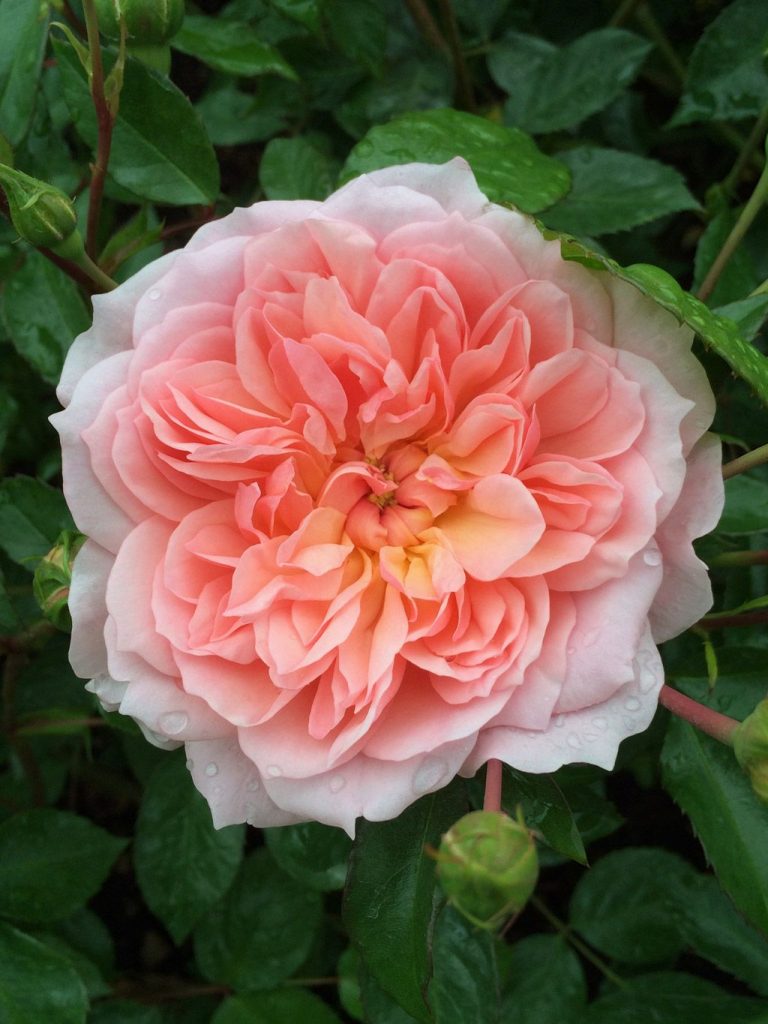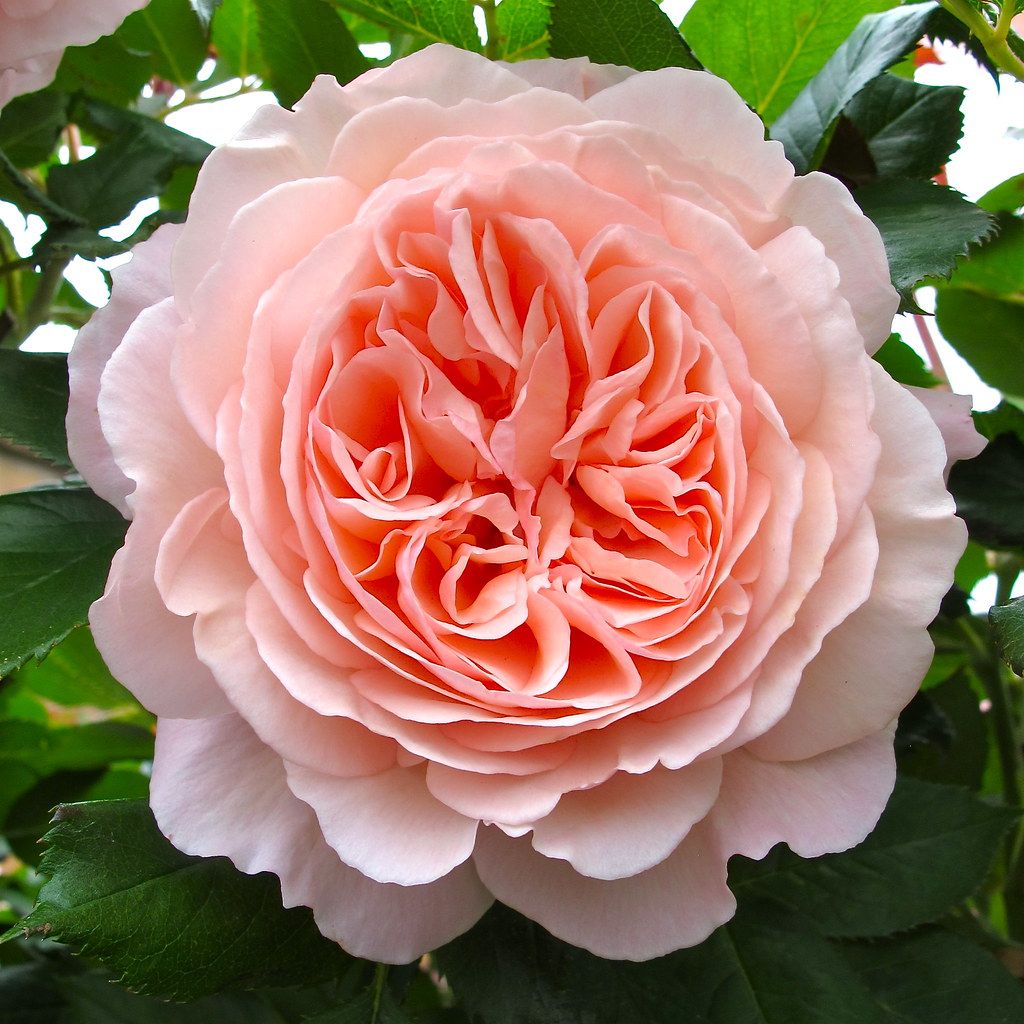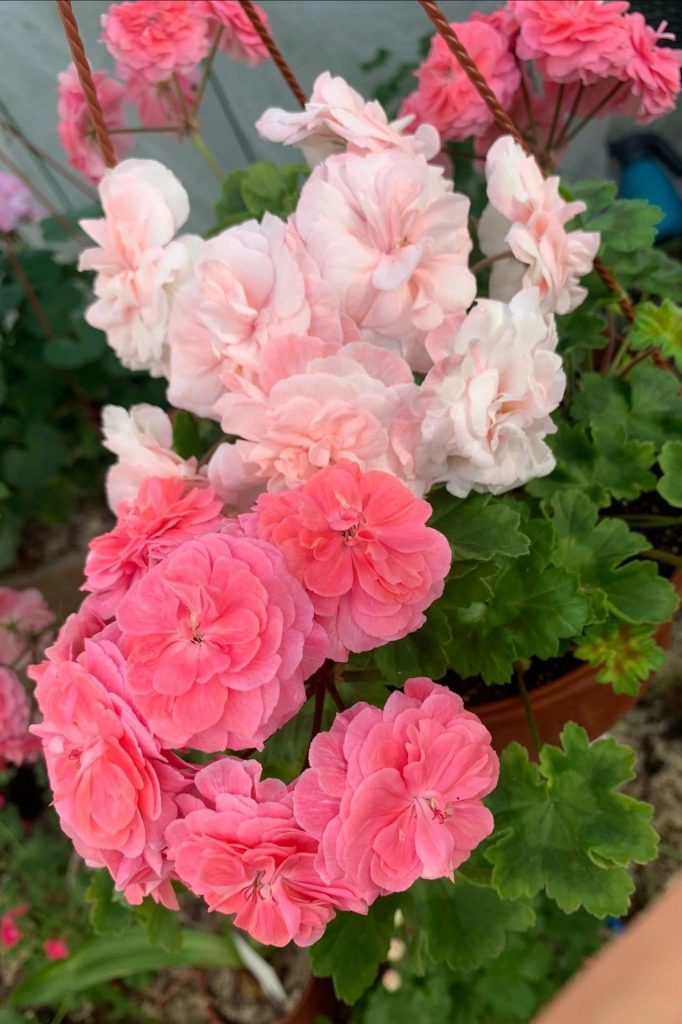A thriving garden is a sight to behold, but it’s not uncommon for gardeners to face challenges in the form of plant diseases. These diseases can quickly spread and wreak havoc on your plants if left untreated. However, with proper prevention and timely treatment, you can keep your garden healthy and vibrant. In this guide, we’ll delve into effective strategies for managing garden diseases, from prevention measures to treatment options.










Understanding Common Garden Diseases
Tip: Before diving into prevention and treatment, it’s crucial to understand the common garden diseases that can affect your plants. Some of the most prevalent garden diseases include powdery mildew, blight, rust, and root rot. Each disease has its own set of symptoms and requires specific treatment.
Prevention Measures
Proper Planting and Spacing
Tip: Ensure proper planting and spacing between plants to promote good air circulation and reduce the risk of fungal diseases. Overcrowded plants are more susceptible to diseases due to increased moisture and reduced airflow.
Healthy Soil Management
Tip: Maintain healthy soil by adding organic matter, such as compost, to improve soil structure and fertility. Healthy soil promotes strong root growth and helps plants resist diseases.
Clean Gardening Practices
Tip: Practice clean gardening by removing dead or diseased plant material promptly and disinfecting tools after each use. This helps prevent the spread of diseases from one plant to another.
Resistant Varieties
Tip: Choose disease-resistant plant varieties whenever possible. Many plant varieties have been bred to resist specific diseases, reducing the risk of infection and the need for chemical treatments.
Early Detection and Diagnosis
Tip: Regularly inspect your plants for signs of disease, such as yellowing leaves, spots, or wilting. Early detection allows for timely intervention and better chances of successful treatment.
Treatment Options
Organic Treatments
Tip: For mild infections, organic treatments such as neem oil, copper fungicides, or baking soda solutions can be effective in controlling fungal diseases. Always follow the manufacturer’s instructions when applying treatments.
Chemical Treatments
Tip: In severe cases, chemical fungicides may be necessary to control stubborn diseases. However, use chemical treatments as a last resort and always read the label instructions carefully to ensure safe and effective use.
Biological Controls
Tip: Biological controls, such as beneficial microbes or predatory insects, can be used to combat certain garden diseases naturally. Introducing these beneficial organisms can help suppress disease-causing pathogens and maintain a healthy garden ecosystem.
Integrated Pest Management (IPM)
Tip: Adopt an Integrated Pest Management (IPM) approach, which combines various prevention and treatment methods to manage garden diseases effectively. IPM focuses on long-term prevention and uses a combination of cultural, biological, and chemical controls to keep diseases at bay.
Conclusion
Managing garden diseases requires a proactive approach that combines prevention, early detection, and timely treatment. By following these guidelines and adopting good gardening practices, you can create a resilient and healthy garden that thrives year-round.
So, arm yourself with knowledge, keep an eye on your plants, and be prepared to take action when necessary. With a little care and attention to detail, you can protect your garden from diseases and enjoy a beautiful, thriving garden that brings joy and satisfaction season after season.